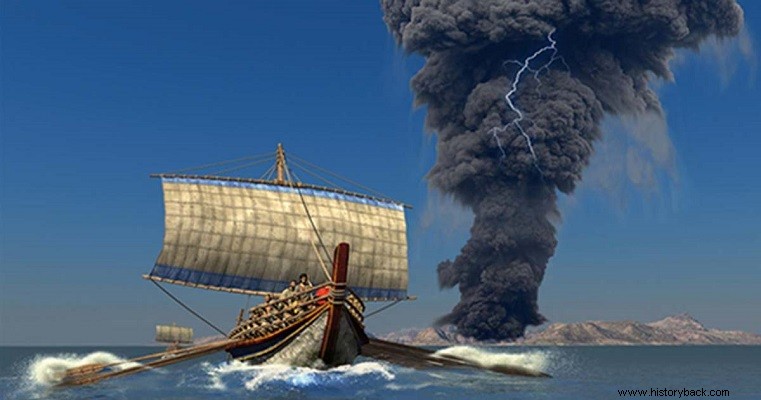
American researchers, who relied on an improved tree-dating technique, announced around 1560 B.C. as the most likely date for the powerful "Minoan" eruption of the volcano of Thira (Santorini).
The dating of the explosion, one of the most powerful ever to have occurred on Earth, is a major challenge and many foreign and Greek scientists deal with the issue from time to time. The new study, led by assistant professor of tree dating and anthropology Charlotte Pearson, head of the University of Arizona's Tree Ring Research Laboratory, was published in the Journal of the National Academy of Sciences (PNAS).
Just a week ago, another group of American and European scientists, led by professor of classical archeology Stuart Manning of Cornell University in New York, who made the relevant publication in the journal "Science Advances", had announced that the explosion probably occurred between 1600 and 1550 BC, while the previous scientific estimate was that the eruption had occurred between 1630 and 1600 BC.
"The oldest tree dating we have done, reaches 12,000 years ago. But in the Mediterranean the problem is that we do not have a complete and continuous dating that reaches the time of ancient Thera. We have very good data for the last 2,000 years, but further back there is a gap. We have tree rings from earlier periods, but we don't know exactly what dates they correspond to," Pearson said.
This time, however, American researchers believe they have come closer to the actual dating of the so-called "Minoan" explosion. Both the new estimate and the one a few days ago point to a slightly more recent eruption, something that is more consistent with the archaeological and historical data so far.
SOURCE:APE-ME
